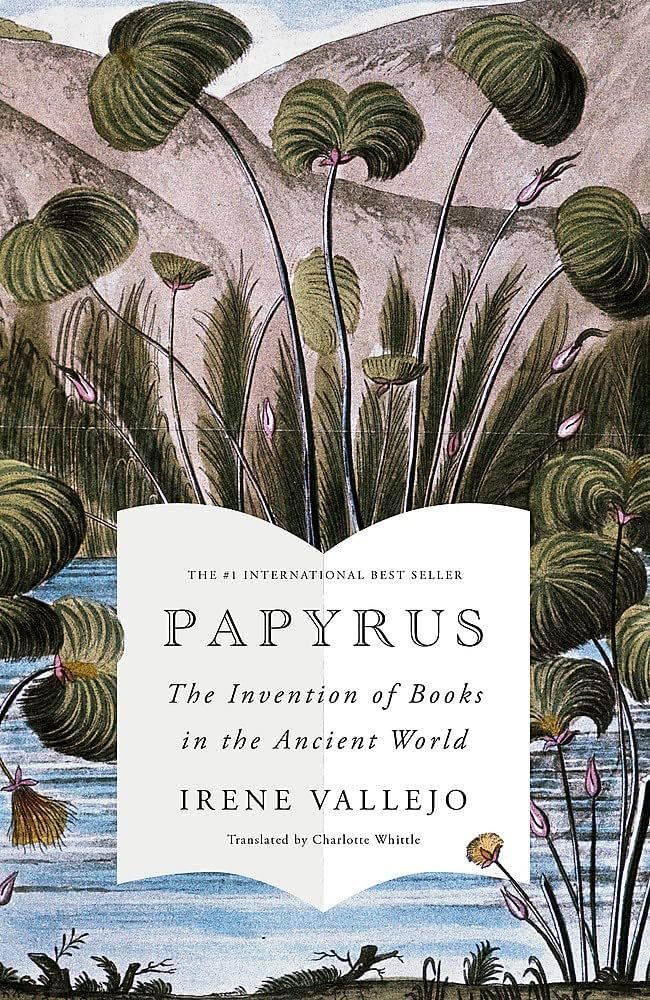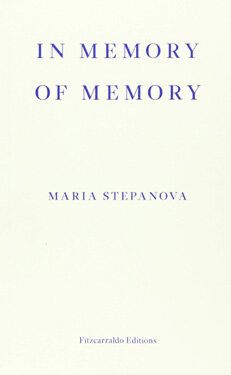Readers are a special type. We're drawn to spending hours between the covers of a book when the world tells us there are more important and more exciting things to do. But readers know that there is nothing more important or more exciting than the story which is waiting on the page to come alive in our imaginations. As such we devote countless hours to reading and we make room in the busyness of life for this remove from reality because we know that it is richly-rewarding time well spent. Cathy Rentzenbrink is a true reader. In “Dear Reader” she enumerates the many books which have held special meaning for her while chronicling the events of her life. More than this, she elegantly describes a life spent reading – how books are a central fixture in her life providing ballast, comfort and joy. Although reading is necessarily a solitary activity it also makes us all feel less alone. Rentzenbrink states “I find it consoling to be reminded that I am not alone, that everything I feel has been felt before, that everything I struggle with has been perplexing others since the dawn of time. My favourite books are specific yet universal. They illuminate my own life as well as showing me the lives of others and leave me changed, my worldview expanded.” This beautifully summarises the gift of reading and why for many of us it is a way of life.
If reading is viewed as a leisure activity predominantly for the middle-upper class, Rentzenbrink proves this is wrong. She describes her youth being raised in a working class family with a father who only learned to read and write later in life. Books were always present from an early age: “My granny gave me my first book when I was a few months old.” Growing up she always got her hands on books through the library or school or buying books as a special treat. As a naturally gregarious and extroverted individual, Rentzenbrink worked in pubs when she became an adult. But her penchant for recommending books to people naturally led her to becoming a book seller. The jobs she held in a number of different bookstores from Harrods to Waterstones to Hatchards is described so compellingly from the mechanics of shop life to the varied experience of dealing with customers.
Because her passion was so integral to her work, it naturally led to more opportunities in the wider publishing industry including programmes to encourage reading/writing in prisons and initiatives to support adults who struggle with literacy. In addition to being the fascinating life story of a bookish soul, what I loved about this account is the way Rentzenbrink comes into contact with a wide spectrum of readers from many different social groups. It shows the many ways books populate and influence people's lives.
A quality common to all readers is an intense curiosity about what other readers are reading. The author describes a familiar habit of peering at the covers of what people are reading on public transport and when someone is reading a book she loves finding it difficult to resist striking up a conversation with them about it. Part of the draw of this book is seeing what titles Rentzenbrink will discuss. The experience is like scanning a great reader's bookshelf where I quickly identified books I'm familiar with (“Little Women”, “The Goldfinch”, “A Tale for the Time Being”, “A Girl is a Half-Formed Thing”, “What Belongs to You”); titles I've always meant to read (“The Diary of a Nobody”, “The Crimson Petal and the White”, “Jamaica Inn”); and novels that I've not heard of before but Rentzenbrink makes them sound so intriguing (“March Violets”, “Mr Penumbra's 24-Hour Bookstore”, “Instructions for a Heatwave”). But many more books are discussed throughout. She groups lists of books under certain qualities or styles and summarises each with brief insights into how she personally connected with them. They're bracingly honest book recommendations like you'd get from a friend. When describing the novel “A Little Life” she accurately assesses “I won't lie to you, dear reader: there is little comfort or joy in this novel, but it is a work of genius that asks the hardest questions about the limitations of love.” It's wonderful the sheer variety and scale of Rentzenbrink's reading especially as she explains how she never distinguished between so-called “high” and “low-brow” literature when she was growing up.
There were so many parts of this book that I found myself nodding at because even though the author has a very different life from my own I could deeply connect with her experiences as a reader. This includes issues such as the bewildering question which committed readers are often asked “How do you read so much?”, the dilemma of not wanting to say anything bad about a book and the feeling of not being good enough as a reader “it is too easy to get in a panic and decide that the fact I haven't read everything means I have no right to love books.” She also describes the dismaying feeling we can get when going through a period of our lives where we can't concentrate on reading as we normally do. This is commonly known as the dreaded “book slump”. There was a period following the birth of her son when Rentzenbrink couldn't read and she describes how “I hadn't felt right before, like I'd been robbed of my magic powers.” What the author also describes so movingly is the reason why we readers are so engrossed by this solitary activity and how it provides an endless source of inspiration for us throughout our lives: “The very way that fiction works – the process of conflict and resolution at the heart of every story – means that novels are full of people encountering challenging situations and, usually, surviving them. Books are a masterclass in how to carry on.”
This book is deeply consoling for any keen reader. It made me feel understood. Opening this book is like passing under that sign in Foyles bookshop that proclaims “Welcome book lover, you are among friends.” Rentzenbrink is brilliant at articulating why the physical object of a book and its content is so important to us. “Every book holds a memory. When you hold a book in your hand, you access not only the contents of that book but fragments of the previous selves that you were when you read it.” I think that's partly why my personal library is so important to me. Not only do these books offer enthralling stories I can return to and learn more from but they are touchstones to the past and to the person I was when reading them. If you're a reader, you'll know what it means to stare at a shelf of books and feel like they are a part of you. “Dear Reader” poignantly conveys the deep pleasure to be found in the experience of reading and the communities that books build.


























